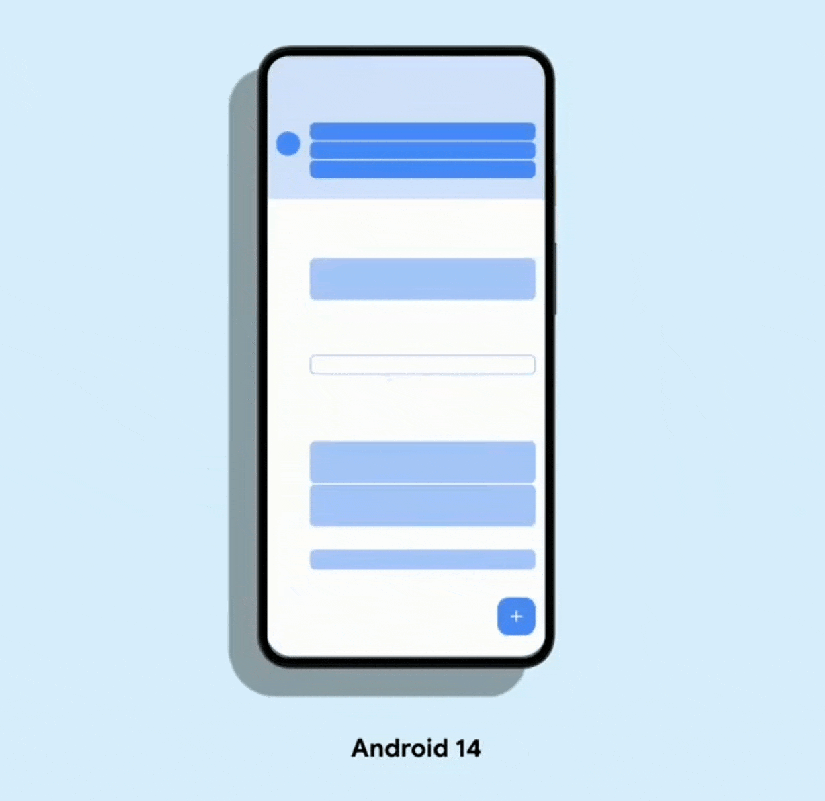Android 14is full of new features, most found behind the scenes. A couple of years after Google gave us a new look forour favorite smartphoneswith Material You, the last two upgrades have focused on upgrading elements you might not think about every day. Security, privacy, and speed are three aspects that Android 14 excels at, but Google didn’t stop there. A new addition to gestures could change how you think about swiping between apps on your newPixel 8 Pro, but you need to activate predictive back gestures to see it in action.
What is predictive back navigation in Android 14?
Predictive back navigation dates to Android 13’s beta period. It’s a simple concept that is surprisingly complex behind the scenes. It’s takenover a year of testingto become a finished version of Google’s operating system.The idea is easy. Rather than showing a back arrow when you swipe back in an application, predictive back gestures show you what you’ll return to before you finish the swipe.
It’s meant to solve a problem that’s plagued Android since before the company made thefull-time switch to its current gesture systemwith Android 10 in 2019. Although the back gesture (or button on older, legacy smartphones) is useful for returning to previous screens in a flash, it can be confusing. Sometimes, the back button sends you to a page you didn’t expect. Sometimes, it sends you to your home screen without explaining why.

Predictive back gestures change that. When you swipe backward in an app that supports predictive animations, you’ll see what you’re about to enter, whether that’s another menu or your home screen. It’s taken a long time for Google to get these ready for primetime, but in Android 14, they’re finally here for all to see, but not by default.
How to activate predictive back animation on Android 14
Out of the box, predictive back animations are turned off inAndroid 14, even after Google launched its stable build in October 2023. That’s not to say it’ll remain this way forever, but it’s clear that, between hiding the setting from view and taking more than a year to launch it, these gestures are here to stay.
If you want to try out the future of gesture navigation on Android 14, here’s how to turn it on in developer settings.

And that’s it! The settings menu is a great example of predictive back gestures in action, as swiping back from this menu flashes a preview of what’s to come on screen.
What apps support predictive back gestures on Android?
It’s early days for this tool, and few apps support it. We mentioned Android’s settings menu, but because Google is the team behind Android, it doesn’t mean all or most of its apps have activated this option. Photos, Chrome, Wallet, and many more don’t support this animation, but you’ll notice it in many system apps, including Phone and Clock.
Even a handful of third-party apps have activated it. Spotify and Reddit, for example, show a preview of the home screen, preventing a potential mis-swipe if you’re looking to stay within the app. That said, neither can show previous menus within the app, which contrasts the way Google’s Clock app can. Look for this to change as Android 14 becomes more widely adopted.

A massive leap forward for the back gesture on Android
It might sound small, but this is ahuge quality-of-life improvement for Android. Never again will you swipe back only to realize you’ve been led to your home screen without an explanation as to why. Predictive back navigation, when more apps adopt it, will likely be seen as one of the bigger changes found in Android 14, though only time will tell.

